Popular fashion colors for 2023
Fashion trends and colors are constantly evolving and changing with time.
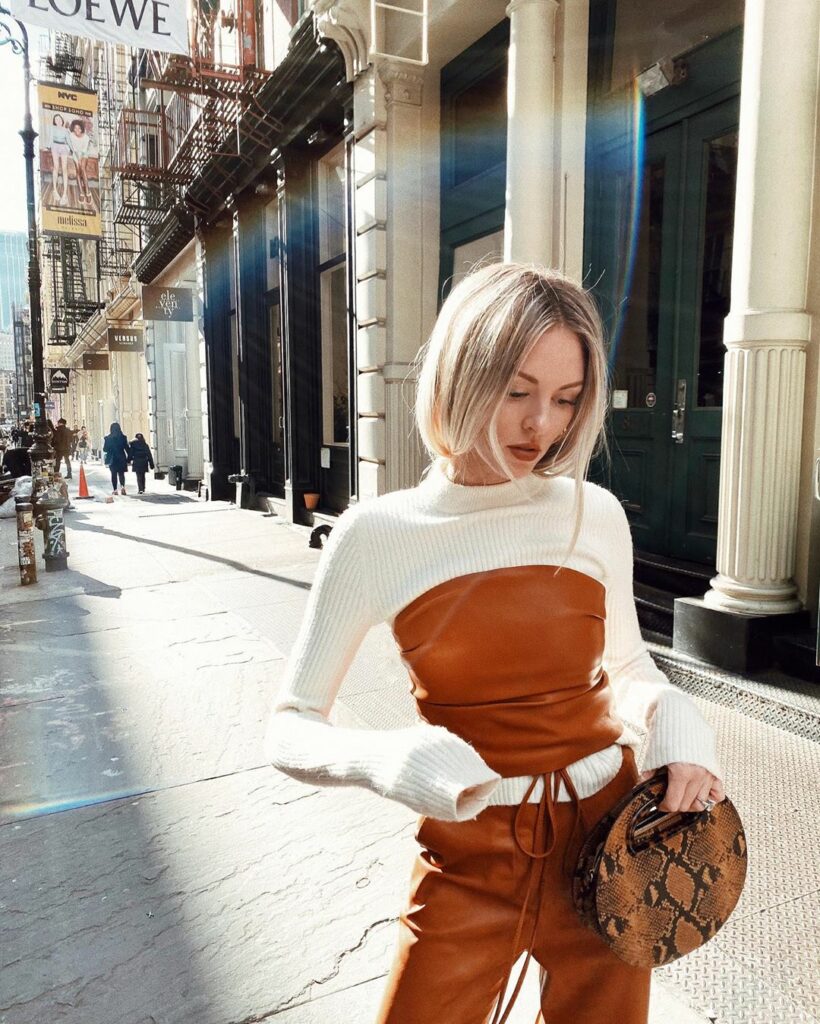
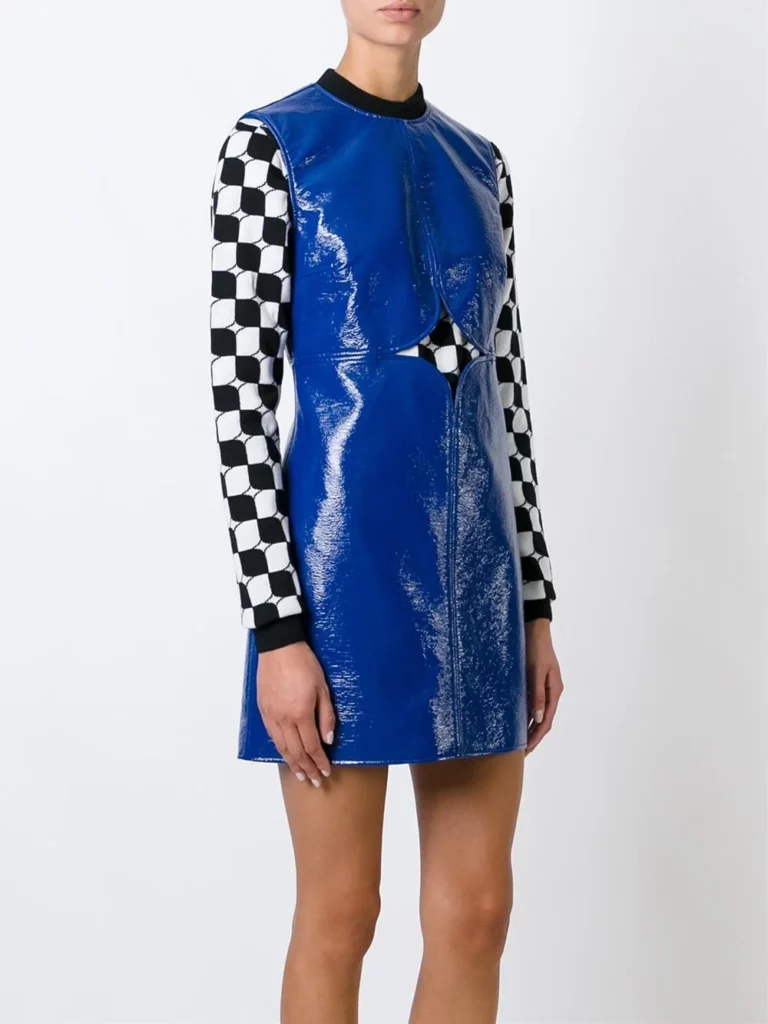
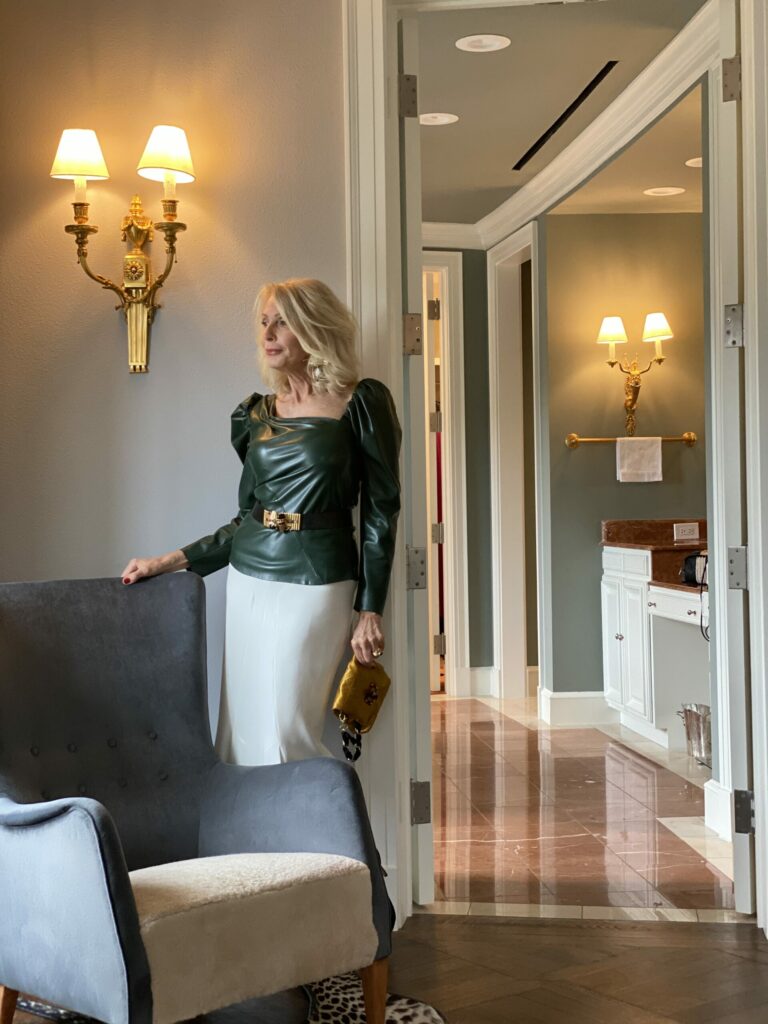
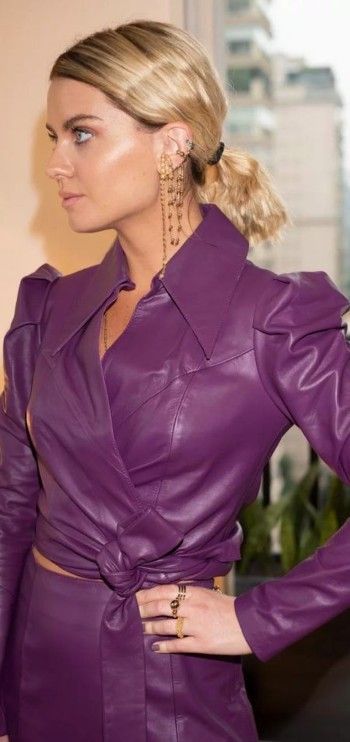
Based on current fashion trends, it’s possible that some popular fashion colors in 2023 could include:
- Earth tones: Shades of brown, beige, olive green, and burnt orange have been trending in recent years, and are likely to continue to be popular in 2023.
- Pastels: Soft, delicate hues like pale pink, lavender, and baby blue are always in style, and are a great choice for a feminine or romantic look. Pink, lavender, and mint green are perfect for spring and summer, and can be worn to outdoor events like weddings, picnics, and brunches.
- Jewel tones: Rich, vibrant colors like emerald green, sapphire blue, and ruby red are classic and elegant, and are perfect for special occasions.
- Metallics: Shiny, reflective colors like gold, silver, and bronze are a great way to add a touch of glam to any outfit.
- Neutrals: Timeless shades like black, white, and gray are always in fashion and are versatile enough to be worn in a variety of settings. Neutral colors such as black, white, beige, and gray are versatile and can be worn to a wide range of settings, including work, formal events, and casual outings.
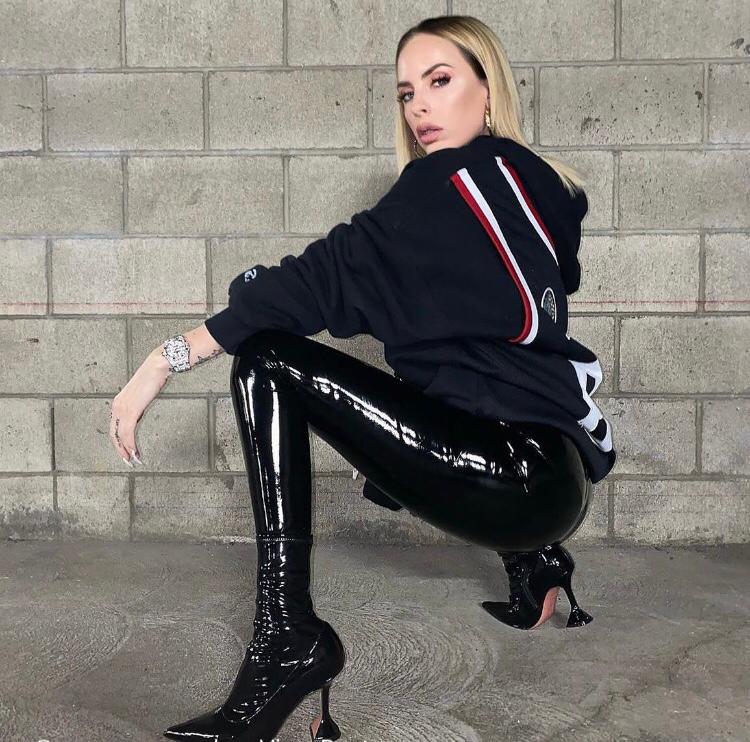
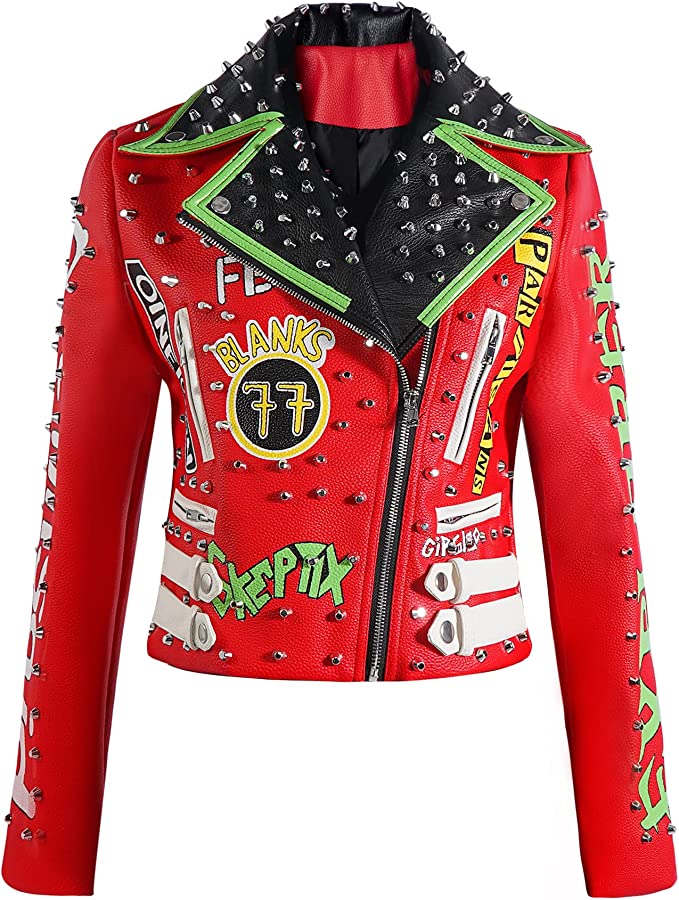
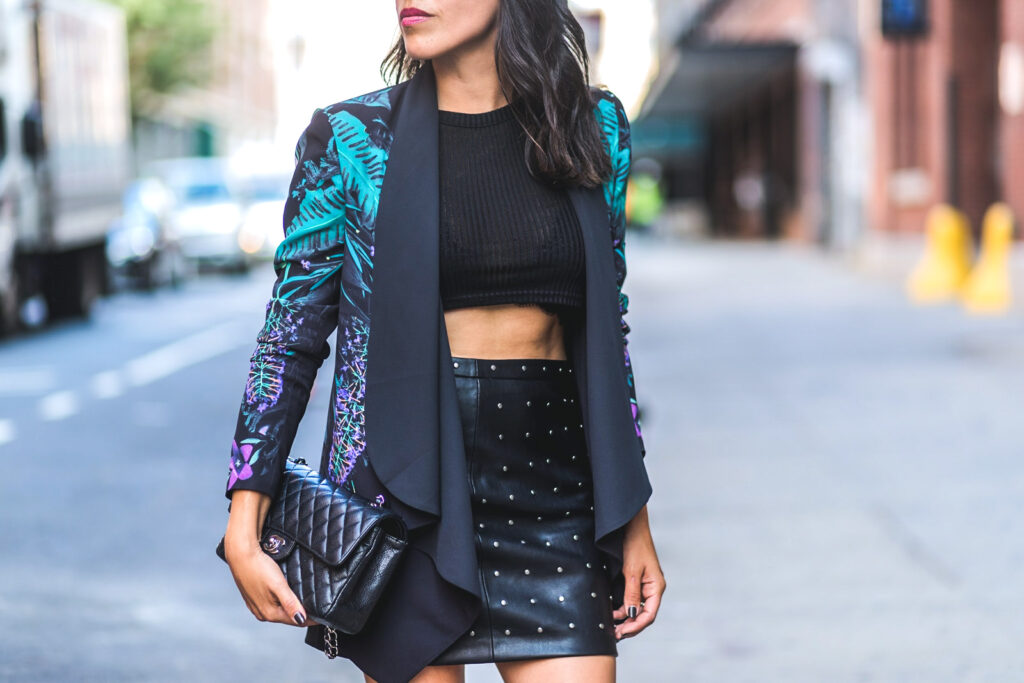
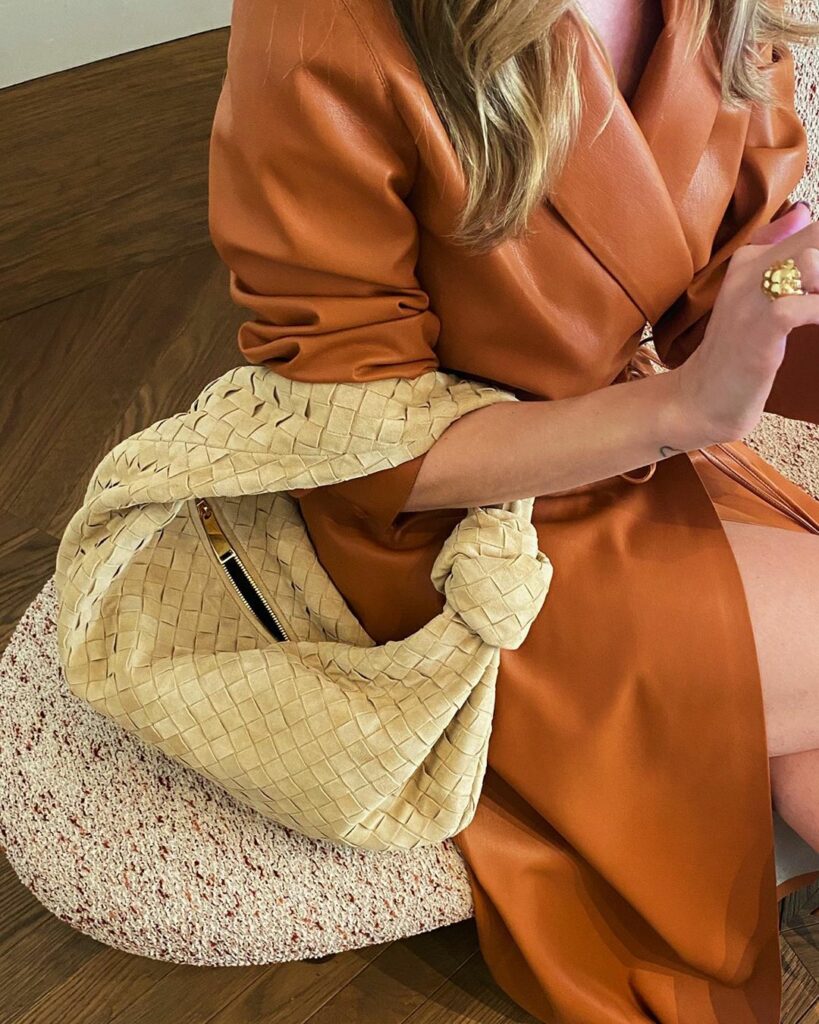
Color is an important element in fashion as it can evoke different emotions, set the tone for an outfit, and highlight certain features or parts of the body. Here are some ways to think about color and fashion – consider your skin tone. Certain colors may complement your skin tone better than others. For example, if you have warm undertones in your skin, colors like yellow, orange, and red may look particularly flattering on you.
Mood and occasion: Another way to think about color and fashion is to consider the mood or occasion you’re dressing for. For example, if you’re attending a formal event, you may want to opt for classic colors like black, navy, or burgundy. If you’re dressing for a fun and playful outing, you may want to choose brighter, more vibrant colors.
Color theory: Color theory is a set of principles used to understand and explain the relationships between colors. It is based on the color wheel, which is a circular diagram that shows the relationships between different colors. Color theory can also be applied to fashion. Complementary colors (colors that are opposite each other on the color wheel) can create a bold and eye-catching look, while analogous colors (colors that are next to each other on the color wheel) can create a more harmonious and balanced look.
The primary colors in color theory are red, blue, and yellow. These colors cannot be created by mixing other colors. Secondary colors are created by mixing two primary colors together. The secondary colors are orange (created by mixing red and yellow), green (created by mixing blue and yellow), and purple (created by mixing blue and red).
Color theory also includes concepts such as hue, saturation, and value. Hue refers to the purest form of a color, without any tint, shade, or tone. Saturation refers to the intensity or purity of a color, while value refers to the lightness or darkness of a color.
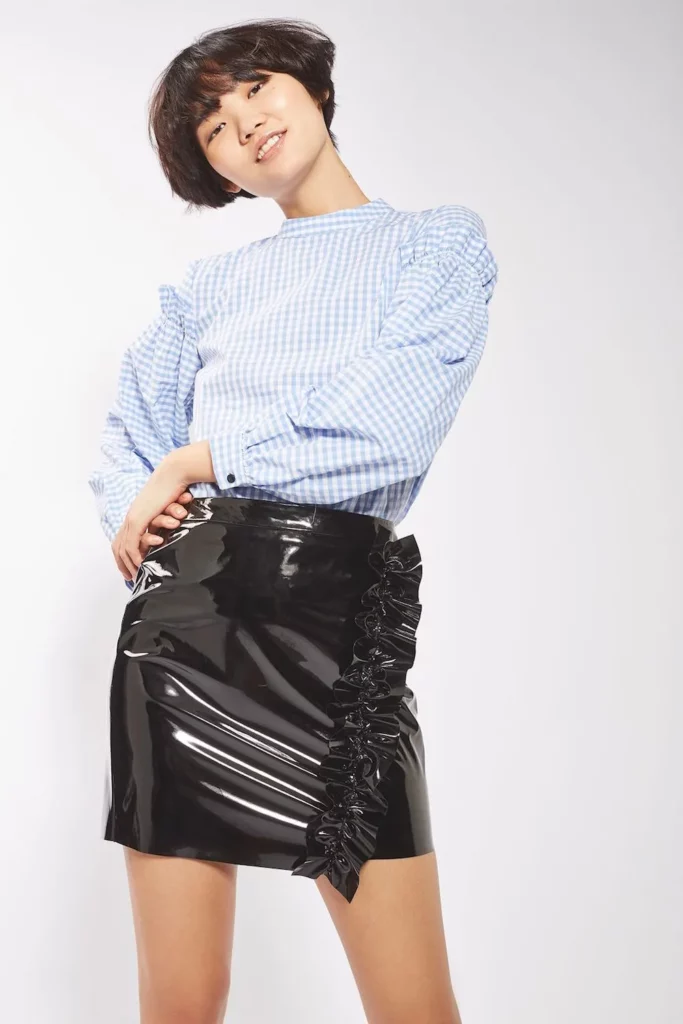
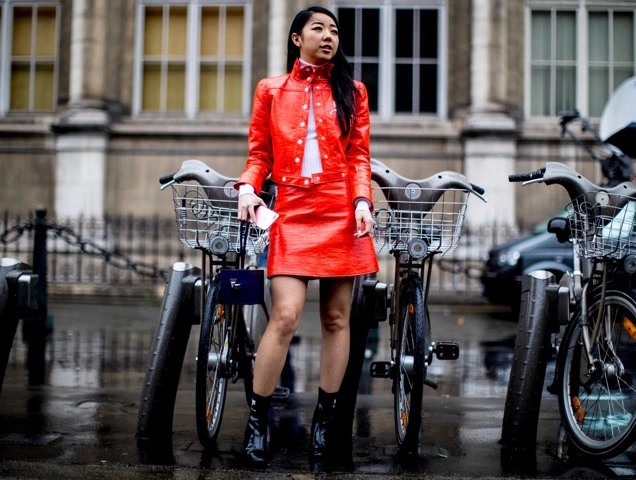

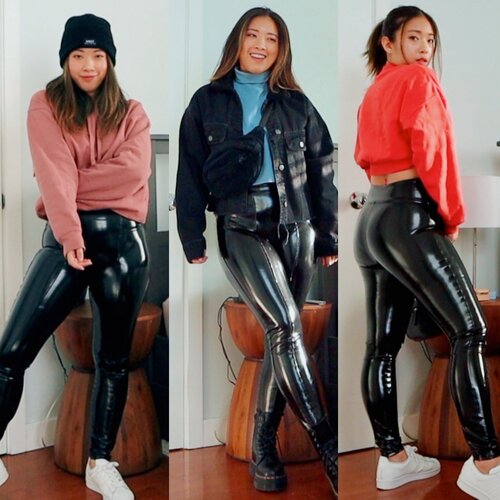
Different color combinations can evoke different emotions and moods. For example, complementary colors (colors that are opposite each other on the color wheel) can create a bold and eye-catching look, while analogous colors (colors that are next to each other on the color wheel) can create a more harmonious and balanced look.
Understanding color theory can be useful in many areas, including art, graphic design, and fashion, as it can help you make informed decisions about color selection and create visually pleasing and effective designs.
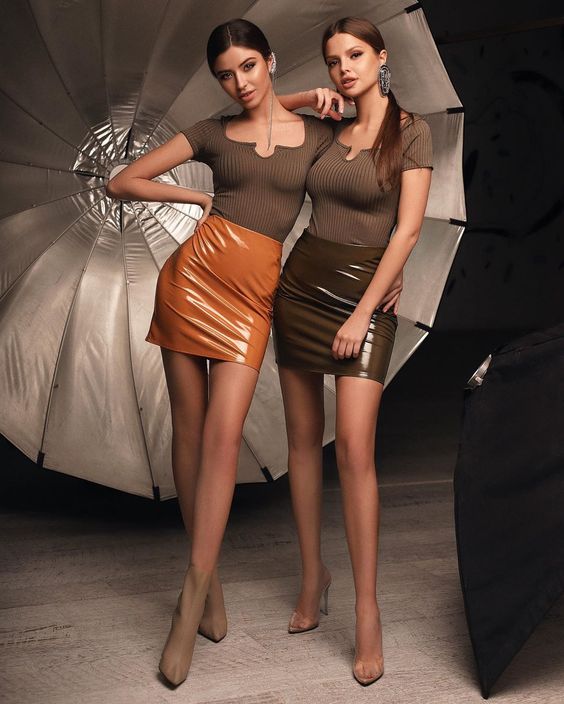
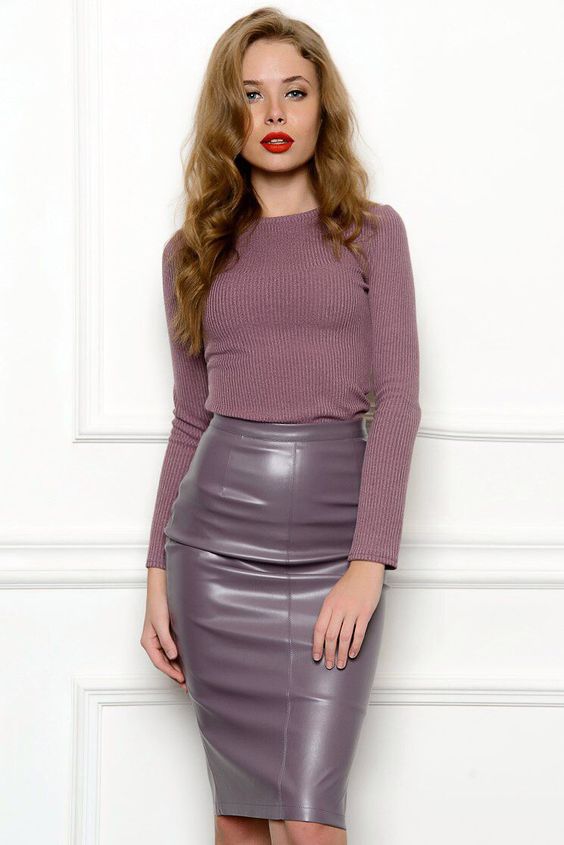
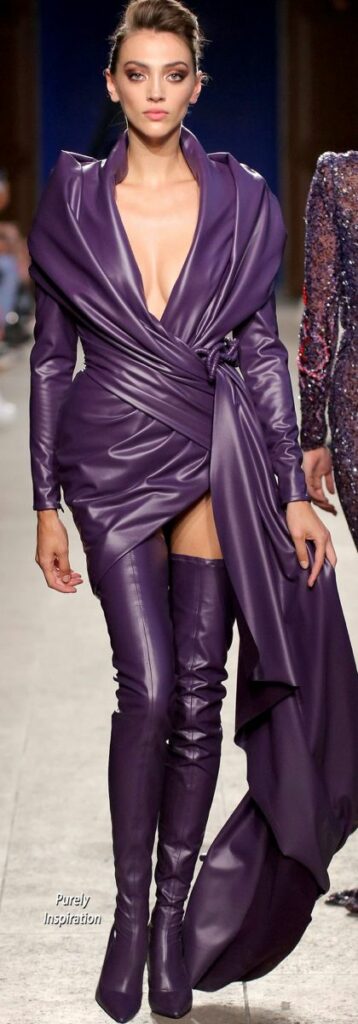
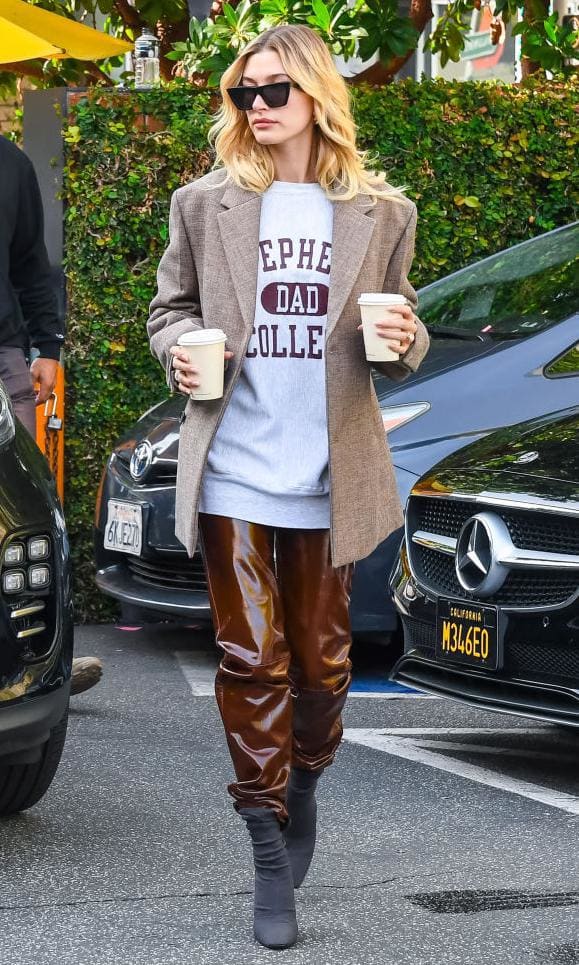
Personal style: Ultimately, the colors you choose to wear should reflect your personal style and taste. Don’t be afraid to experiment with different colors and combinations to find what works best for you.
Remember, fashion is about self-expression and creativity, so have fun and don’t be afraid to play with color!


 Email App
Email App
No Comments